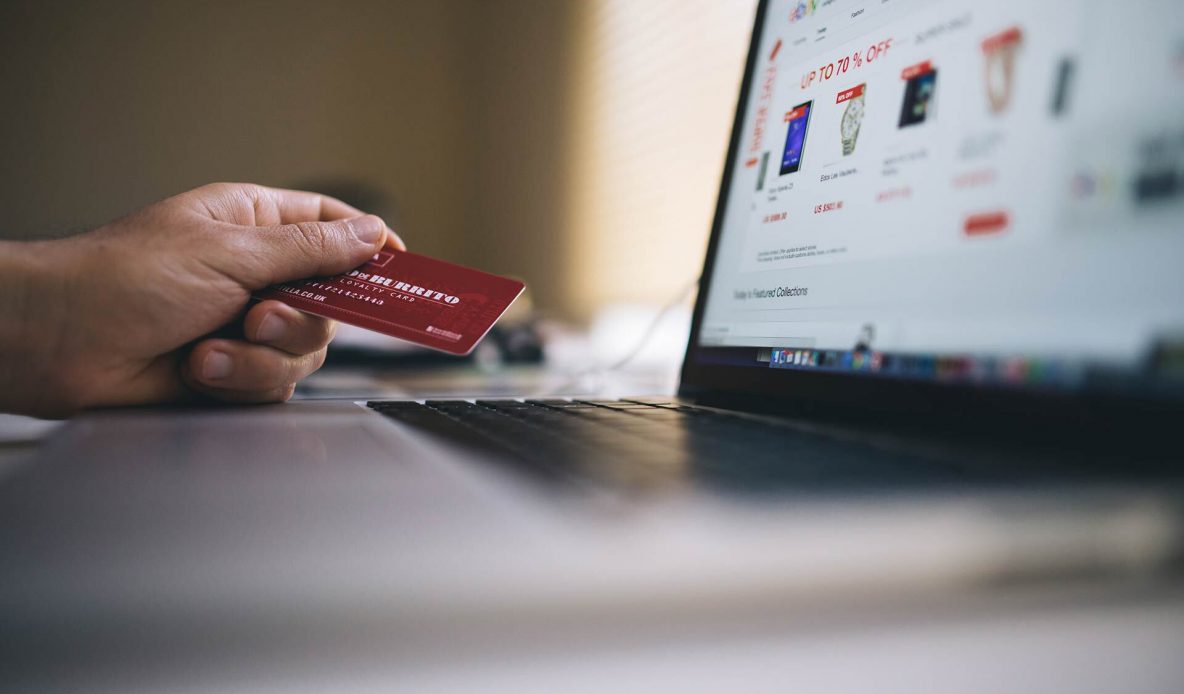
How to Make Cashless Payment Solutions Safe
Now it’s hard to imagine a world without online shopping. With the technology advance, you need to make several clicks to buy anything you need. Not only it makes our lives easier reducing time spent in the malls but during situations, like the complete lockdown, this year brings additional convenience to enjoy the services we’ve got used to while staying at home.
Unfortunately, along with that easiness comes the increase of financial cybercrime that will soon reach a $6 trillion loss to business per year. That’s why it’s crucial to get acquainted with the security basics and rules of safe Internet behavior through enrolling in cybersecurity courses, workshops, and other learning activities. It’s important not only for the buyers but also for the vendors as the insufficient security measures put clients at risk.
So here’s what you can do to ensure the security of cashless payments:
Install a SSL Certificate on Your Website
SSL certificate is responsible for encrypting traffic between the client browser and the website to prevent stealing sensitive details like names, credit cards, and CVV codes. It’s a digital signature to confirm a website identity. Once a request from a browser is sent to a web-server where the SSL is installed, it returns the public key, then the browser checks it, creates the encrypted key, sends it back to the server to decrypt it. This process is called the SSL handshake and if it’s successful, a secure session is initiated. Users usually see it as https:// in the address bar and the padlock near the address.
Implement 3-D Secure
3-D Secure is one more way to safeguard the transactions during the purchase. It’s a protocol that ensures the security of 3 domains that take part in the communication. The target bank (i.e. acquirer), the source bank (the card issuer), and the payment system that supports the method (e.g Visa or MasterCard). It helps to ensure the proper transaction authorization to protect your client and your business as it minimizes the risks of fraud.
Invest in a reliable anti-fraud system
The fraud prevention solutions will help you monitor all the orders and find suspicious matches by checking all the entered details. For instance, if the country of the credit card holder and the country from where the order is made are not the same, such orders might be flagged. These solutions work on the basis of inbuilt algorithms as well as the manually inserted rules to outline potential frauds.
Increasing the security of your internal system
Before implementing the payments on your website, it’s critical to ensure that your own system is safe and sound. It includes the security audit by your internal staff to ensure all the software is up to date, the powerful anti-malware protection tools are in place, and only the licensed software is used. As well as the technical side, you need to take care of the security awareness of your staff. Make sure that sensitive information is not provided to everyone in the company, and only people who need it to perform their daily duties have the corresponding access.
Implement security verification procedures that help to ensure there is no human mistake and no internal info is provided to a social engineer. Instruct your staff not to open suspicious links and emails from unknown sources and report security breaches right away. It’s also worth taking care of storing client’s data securely that leads us to the next point.
Make sure you’re PCI compliant
Last but not least is ensuring PCI compliance of your system. It’s the set of measures and requirements regulated by the Payment Card Industry Security Standards Council that are aimed to reduce cybercrime-related to credit cards. It comprises 4 levels based on the transaction volumes your business generates and sets 12 requirements connected to all the levels of your system including network protection, encrypting the customers’ data, the security of your applications, vulnerability prevention, and others. There are also several ways to validate compliance like external assessor audits, internal certified experts checks, submit regular reports, and self-evaluation questionnaires.
Wrap Up
The security of your payments is the key to protect your business and your customers.
Incorporating this set of measures will help you to achieve that. However, it’s worth noting that it’s an ongoing process requiring regular audits, timely software updates, and installing the appropriate security patches as they are released to keep the system protected.
Implementing the payments on your website starts with the choice of the reliable payment processing solution that would correspond to the industry standards and internal system protective measures from your side. While this process may seem to be a bit overwhelming from the first sight, it’s definitely worth it. Giving your customers the opportunity to purchase the products or services you offer right away will improve the user experience. Thus, will drive more sales to contribute to the development of your business.



